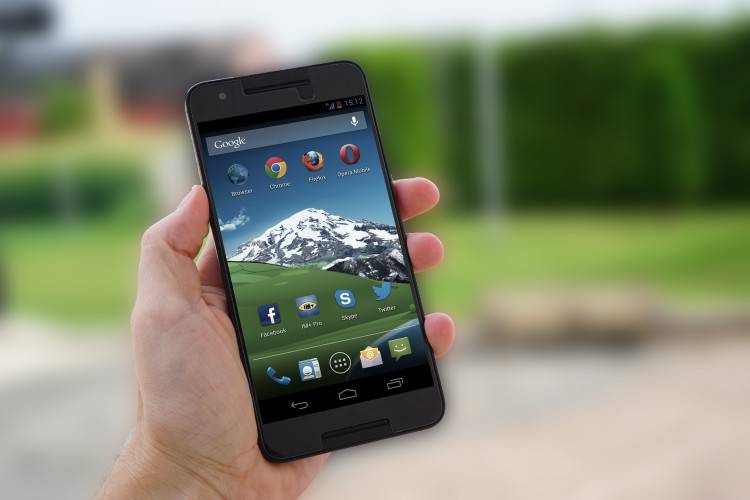Which is Better Dslr Or Mirrorless
DSLR or mirrorless camera, which is better? This is a common question among photography enthusiasts. Both types of cameras have their own advantages and disadvantages, making it essential to understand the key differences and features before making a decision. In this article, we will explore the merits of DSLR and mirrorless cameras and recommend 5-10 products based on their strengths and weaknesses, providing reasons for our recommendations. In conclusion, we will summarize the main points discussed.
DSLR (Digital Single Lens Reflex) cameras have been the go-to choice for professional photographers and serious enthusiasts for many years. They offer excellent image quality, extensive lens options, and a traditional optical viewfinder. With their larger size and heavier weight, DSLRs feel more rugged and provide a better grip for users. Furthermore, DSLRs usually have longer battery life and better autofocus performance, making them ideal for sports and action photography. However, the main disadvantage of DSLRs is that they can be bulky and inconvenient to carry around.
On the other hand, mirrorless cameras are a relatively new addition to the photography market. As the name suggests, these cameras lack a mechanical mirror that reflects light from the lens to the optical viewfinder. Instead, they use an electronic viewfinder (EVF) or the rear LCD screen for composition and image preview. Mirrorless cameras are generally more compact and lightweight compared to DSLRs, making them a popular choice for travel and street photography. Additionally, they offer features like in-body image stabilization (IBIS) and silent shooting, which can be beneficial in certain situations. However, mirrorless cameras can drain their batteries quickly and have a limited range of lenses available compared to DSLRs.
Now that we have discussed the basic differences and features of DSLR and mirrorless cameras, let's explore some recommended products in each category.
1. Nikon D850 (DSLR): The Nikon D850 is a full-frame DSLR that boasts a remarkable 45.7-megapixel sensor, excellent dynamic range, and superb high ISO performance. It offers an extensive range of lenses and exceptional autofocus capabilities. The D850 is a versatile camera suitable for various genres of photography, including landscapes, portraits, and wildlife.

2. Canon EOS 5D Mark IV (DSLR): The Canon 5D Mark IV is another full-frame DSLR renowned for its impressive image quality and reliable performance. It features a 30.4-megapixel sensor, advanced autofocus system, and 4K video recording capability. The 5D Mark IV is a favorite among professional photographers for its ability to deliver stunning results in different shooting conditions.
3. Sony Alpha a7 III (Mirrorless): The Sony a7 III is a highly regarded full-frame mirrorless camera that offers exceptional image quality, high-speed performance, and impressive low-light capabilities. It features a 24.2-megapixel sensor, 693-point autofocus system, and 10 frames per second continuous shooting. The a7 III is a versatile camera suitable for both photography and videography.
4. Fujifilm X-T4 (Mirrorless): The Fujifilm X-T4 is an APS-C mirrorless camera known for its outstanding image quality, advanced features, and tactile controls. It has a 26.1-megapixel sensor, in-body image stabilization, and a high-performance autofocus system. The X-T4 is popular among photographers who value craftsmanship and enjoy shooting in various conditions.
5. Panasonic Lumix GH5 (Mirrorless): The Panasonic GH5 is a Micro Four Thirds mirrorless camera that excels in video recording capabilities. It features a 20.3-megapixel sensor, 5-axis in-body image stabilization, and unlimited 4K video recording at 60 frames per second. The GH5 is a top choice for videographers due to its extensive video features and professional-grade video quality.
These five cameras represent the best options in their respective categories and have been chosen based on their overall performance and suitability for different types of photography. While the DSLR cameras offer excellent image quality and a wide range of lenses, the mirrorless cameras provide compactness and advanced features like in-body image stabilization and silent shooting.
In conclusion, the choice between DSLR and mirrorless cameras ultimately depends on personal preference and specific needs. DSLRs are still popular among professionals and those who prioritize image quality and extensive lens selection. On the other hand, mirrorless cameras are gaining momentum with their compactness and advanced technology. With the continuous advancements in mirrorless technology, they are becoming a viable alternative to DSLRs. It is recommended to try out different cameras and carefully consider the intended use to make an informed decision.
